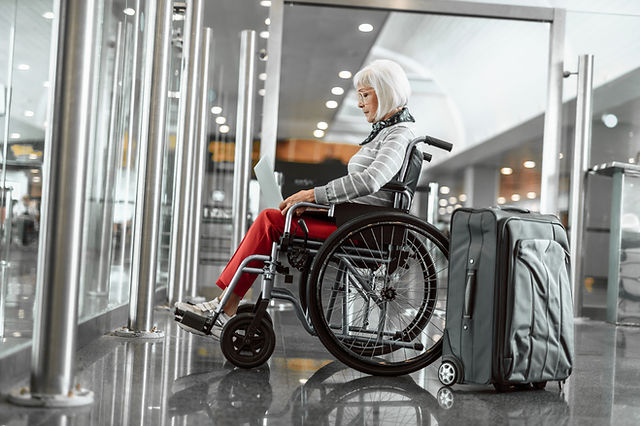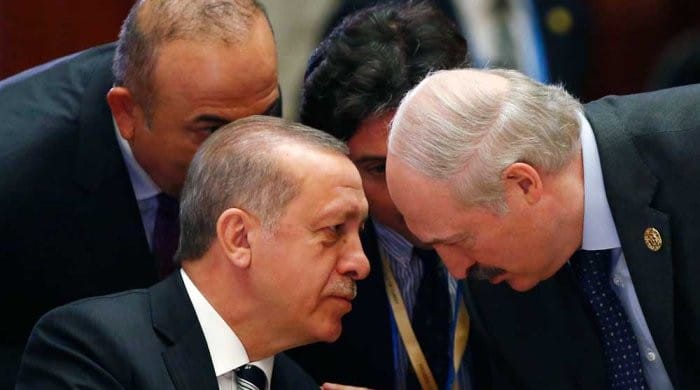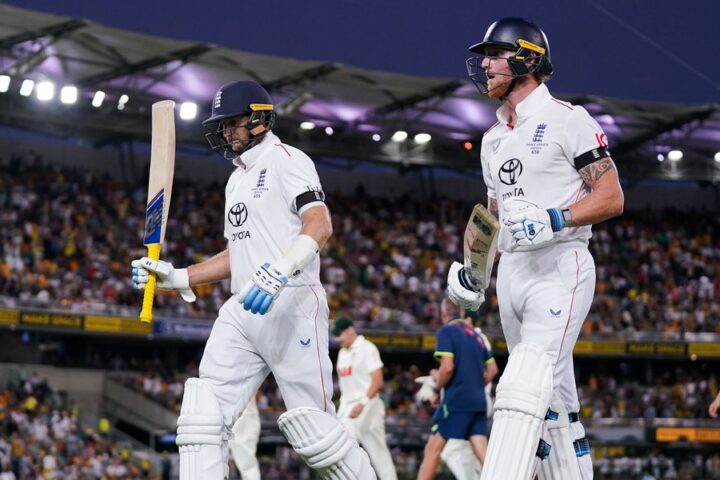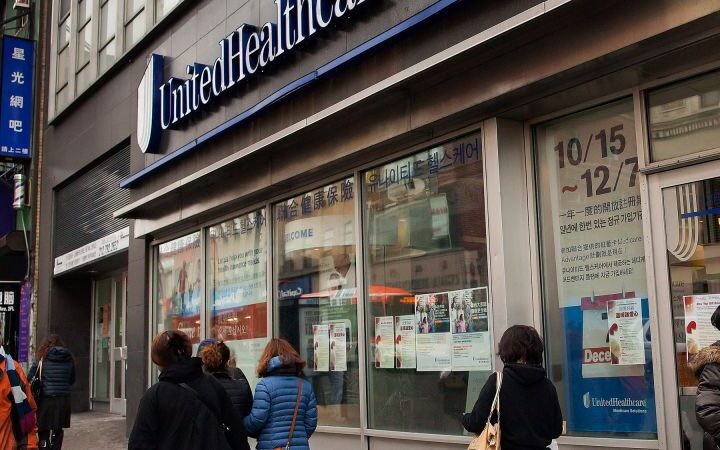Marianna Hunt revels in the volume and price of Croatian wine (Marianna Hunt)I would like to be emailed about offers, events and updates from The Independent. Read our privacy policy
If Hobbiton had a love child with the Loire Valley, the offspring would be Zmajevac: a tiny winemaking community in the region of Slavonia, rural Croatia, famous for its adorable gabled wine cellars (known as “gators”) which burrow their rear ends into the hill so the bottles can chill amid the cool mud.
Wandering through the village, exploring each of Zmajevac’s two rival “wine streets” – one traditionally Catholic, one Protestant – I realised I had never seen so many cellars in such a concentrated area in my life.
I passed dozens of these gators, many of which house restaurants or bars and spill out onto the steep cobbled street. With its quirky tasting room, full of old typewriters and crockery cabinets, Josić quickly caught our attention. I stopped for a free tasting, sipping crisp whites made from chardonnay and the local graševina grape before moving onto beefy reds that made me jealous of the people in Josić’s restaurant being ladled steaming meat stew out of enormous cauldrons.
Croatian wine may not be particularly well-known internationally, but it has been quietly accumulating awards, gaining a cult following among those in the know. And one of those people just happened to be Britain’s late monarch, Queen Elizabeth II.
Wine from Slavonia was served at the queen’s coronation in 1953 and has been served at many of the most important royal events since then, including the weddings of both the Prince and Princess of Wales and the Duke and Duchess of Sussex.

As I learned over the next few days, the connections between the British royal family and this relatively unknown wine region of Croatia do not end there.
I based myself in Osijek, the regional capital, and spent the next few days following in the footsteps of Queen Elizabeth II and the current King Charles. Both have visited (and loved) Slavonia; Queen Elizabeth’s great-grandfather Franz, Duke of Teck, was actually born in Osijek.
Hiring a pair of rental bikes for the bargain price of €0.66 for 30 minutes, I began to explore with a local guide. With a similar mix of Art Nouveau, Baroque and medieval architecture, the city resembles a rustic Prague or Budapest, except less imposing and with almost no other visitors. “In the summer, everyone in Croatia escapes to the coast,” said our guide Renata Forjan. “And most international visitors have never heard of Slavonia. They just head straight to the coast, which is a big shame.”
She explained that Slavonia is not about mass tourism: “It’s peaceful and quiet. People come for the gastronomy, the wine, the craft beer, culture and nature.”
Lunch was a glamorous pitstop at Lumiere, a restaurant with a lovely al fresco dining terrace filled with pot plants and a chalkboard menu next to the river. The thick slabs of kulen (a local take on chorizo) with sour cream dip, followed by melting joint of black pig – the regional delicacy – were welcome fuel after the cycling. Despite being one of the smartest restaurants in town, main courses began at just €10 (£8.40).

The following day, I ventured to the countryside to explore more wineries and were pleasantly surprised to find that prices remained remarkably affordable.
At Vina Belje, one of the most respected wineries in the country, bottles started from just €5 (£4.20). You can also take a fascinating tour of the cellars which were turned into jails during Ottoman times when drinking was discouraged. Metal bolts where prisoners’ chains used to hang peeped out between the enormous oak barrels.
Everywhere we went felt deliciously untouristy, too. Locals were low-key but friendly – and it was easy to see why the royals had kept this place their little secret.
But how long, I wondered, could that secret last? Last year Ryanair launched a direct flight from London to Osijek, a connection which hasn’t existed for several years and which could boost visitor numbers.

What’s more, Slavonia recently got its first ever luxury hotel (by international standards). Hotel Materra, which opened last year, feels a world away from the rest of Slavonia. Its sleek glass-and-concrete architecture snakes around a central courtyard with an infinity pond and soaring ginkgo trees. I spent several happy hours in the extensive spa area, hopping between the sauna, infinity pool and outdoor jacuzzi, all of which looked out over acres of open field.
It felt like we were in the middle of nowhere, despite the hotel being situated just an 18-minute drive from the centre of Osijek and 27 minutes from the airport. Rooms begin at €197 (£165) including breakfast which, considering the quality of the rooms and services, was impressive – and would easily be double in a better-known wine region.
With prices like this, what was once the British royal family’s best kept secret could be about to hit the mainstream, I reflected. Although I doubt I’ll bump into King Charles on the next Ryanair flight.














